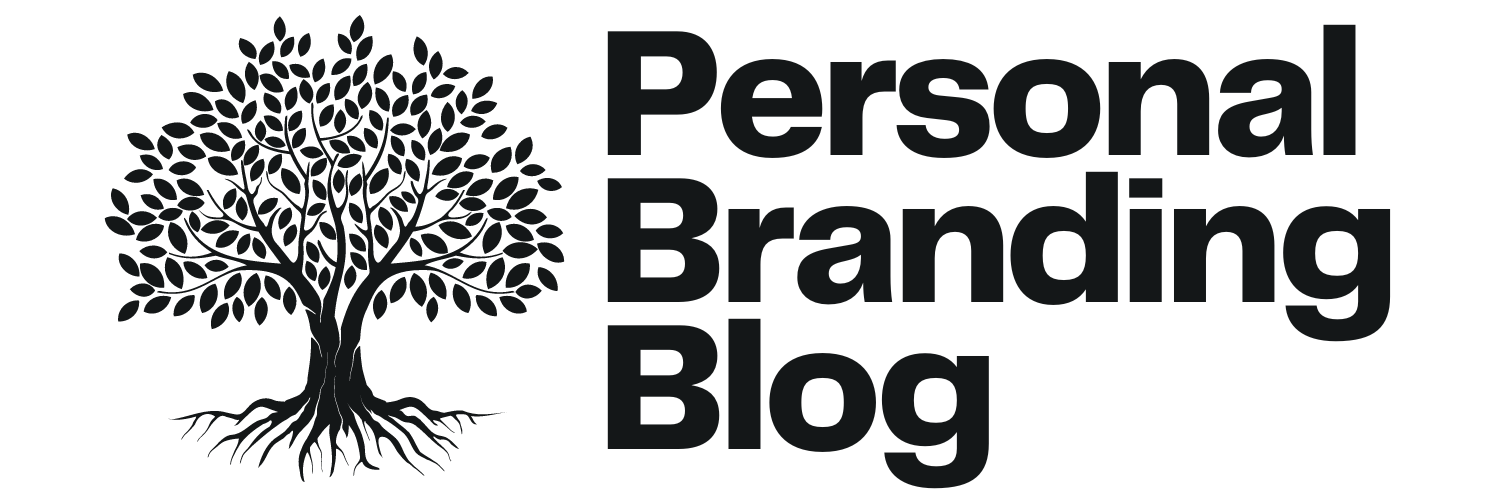When it comes to crafting a resume that stands out, we’ve gathered insights from top resume writers and career coaches. From highlighting your problem-solving skills to researching and tailoring content to the company’s needs, here are five key elements these experts recommend for a targeted resume.
- Highlight Your Problem-Solving Skills
- Showcase Qualifications in Career Summary
- Align Experiences with Company Needs
- Quantify Your Achievements
- Research and Tailor Content to Needs
Highlight Your Problem-Solving Skills
The core reason for any job opening is a problem a company is facing, or a gap they need to fill. Whether they’re short-staffed, in a transition period, or there’s a skill gap on their team—a new opening is hopefully a solution. A targeted resume focuses on what the company needs and effectively answers the question: Why hire me to solve your problem?
To target your resume for a specific job, focus less on your general story and more on the company’s job description. What are the key factors they note as both responsibilities and any specific pain points? ‘Pain points’ might not be clearly stated, but things to look out for are process improvement initiatives, high-volume transactional environments, a new system implementation, or a recent merger or acquisition. Highlight the relevant experience you have to those pain points to make it clear you are the answer to their problem. Some simple ways to highlight specific points—keep the key points in top real estate spots (top one-third of the page) and mirror the same verbiage you see in the job description.
Haley McNeel Drake, Resume Writer & Career Coach, The Career Revisory
Showcase Qualifications in Career Summary
One key element of a targeted resume is matching your resume to the qualifications in the job description. While this should be done throughout the resume, make sure to use the Career Summary to showcase your qualifications. By doing this, you’re showing the recruiter or hiring manager, right at the top of your resume, that you’re qualified for the position. That way, they don’t have to search through your resume, trying to determine if you meet the qualifications.
To implement this, first look at the qualifications section of the job description. Note qualifications that have objective criteria such as years of experience, certifications, education, software programs, and other tools, and profession-specific experience. Then write a Career Summary that shows you meet those qualifications, using specific examples wherever possible. For each job you apply to, spend about 5-15 minutes tweaking the Career Summary to show you meet the qualifications for that particular job.
Ed Herzog, Resume Writer, Capital Career Services
Align Experiences with Company Needs
Make sure you highlight your experiences and impacts in alignment with the candidate they seek. This means thoroughly reading the job description, reviewing the company website, checking to see if someone is currently in that role (using LinkedIn), and how they have written up their responsibilities for the role. The biggest mistake job seekers make in developing their resume and professional story is doing it in a vacuum — without true consideration and reflection of the role and the company – what they sell or make, who their clients are, and who their top competitors are. Figure out your top value points related to the role and the company’s needs, then build your messaging to position yourself as the top candidate, weaving in keywords to your Career Summary at the top, your skills, and job descriptions. Make sure to provide the results you achieved in each role. If you are having a hard time figuring that out, that means you are not tracking your accomplishments. Start doing that now. A competitive executive resume is not a list of duties and responsibilities but should include impacts – how did your work help move the needle for the company?
Janice Burch, Executive Career Coach, Co-owner, Pro Resume Center, LLC
Quantify Your Achievements
There’s one element that consistently stands out for me: truly quantifiable achievements.
Sure, listing your responsibilities is important. But what truly separates you from the pack is showcasing the impact you made in previous roles. Did you streamline a process that saved the company time and money? Or maybe you spearheaded a project that increased sales by a significant percentage?
By translating your experience into measurable wins, you give hiring managers a tangible picture of your value. They can quickly assess your capabilities and envision the positive impact you’d have on their team.
So, the next time you’re revamping your resume, ditch the generic descriptions and focus on quantifying your achievements. It’s a surefire way to grab attention and land that interview.
Related Stories from Personal Branding Blog
Phil McParlane, Founder & CEO, 4DayWeekJobs
Research and Tailor Content to Needs
One key element of a targeted resume is evidence that you have researched. The result is that your resume showcases content that speaks directly to the target audience’s requirements. While many of the executives for whom I write have accrued a broad and deep toolkit of skills, experiences, and results, dumping all of those into a pile of resume achievements will overwhelm the reader and prove to the reader you haven’t taken the time to research and focus in on their needs.
Instead, when writing your resume, research 2-3 key roles (position descriptions) that have the look and feel of the type of job you want to attract with your new career story. From those written descriptions, extract 3-4 key requirements and place them into your Word document. Don’t stop there; now you must highlight key phrases and actionable elements from those 3-4 key requirements that resonate with you and your experience. As you perform your career story thought-work, bear in mind how your challenge-action-results stories map to those very specific elements.
Moreover, research companies in your target arena, reading business articles, financial insights, etc., and from those articles, note 2-3 areas of pain the companies are experiencing individually as an organization, but also collectively as an industry. Speak to your achievements that prove you can be part of the solution to those problems.
Bottom line: Research, research, research, and then bring proof to the page that your experience and achievements (both soft and hard skills) map to their needs. Compel target companies, through an illustrative and emotive story, that you’ve navigated the seas of disruption, change, and transformation that will not only help them to right their ship but also sail into a brighter, growth-focused, profitable future!
Jacqui Barrett-Poindexter, Exec Career Storyteller, Career Trend







